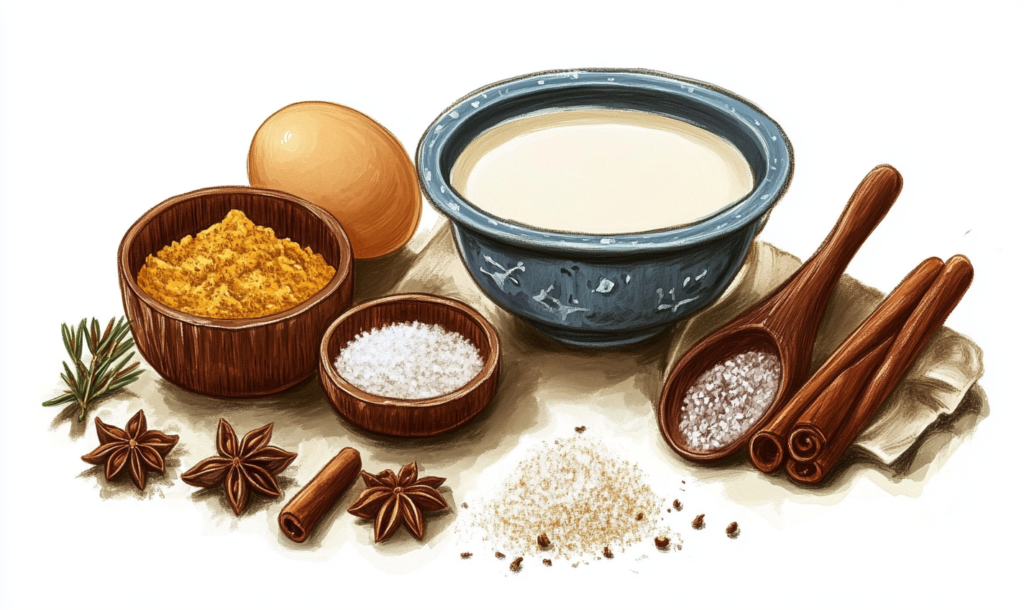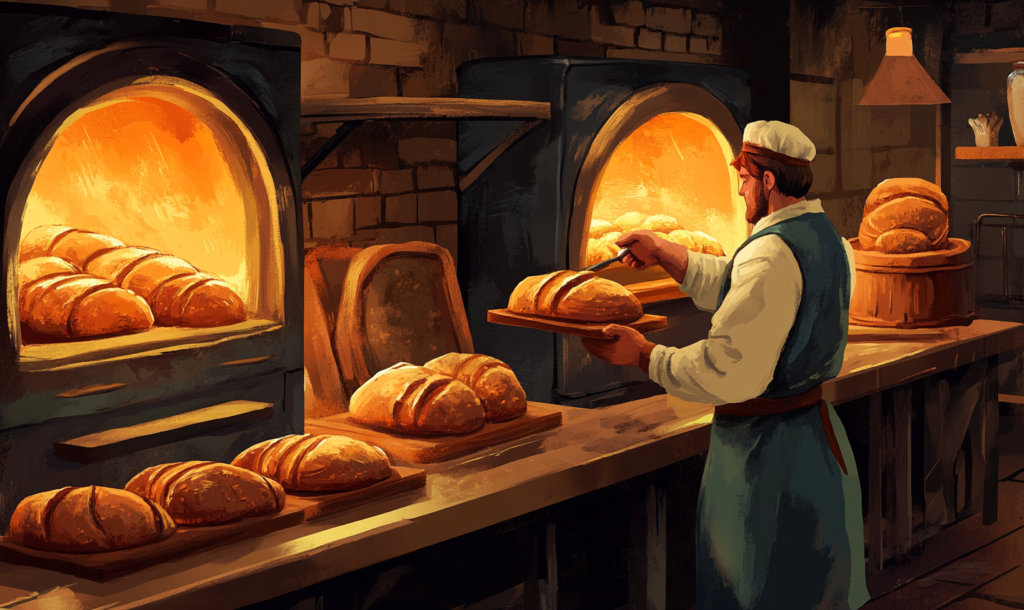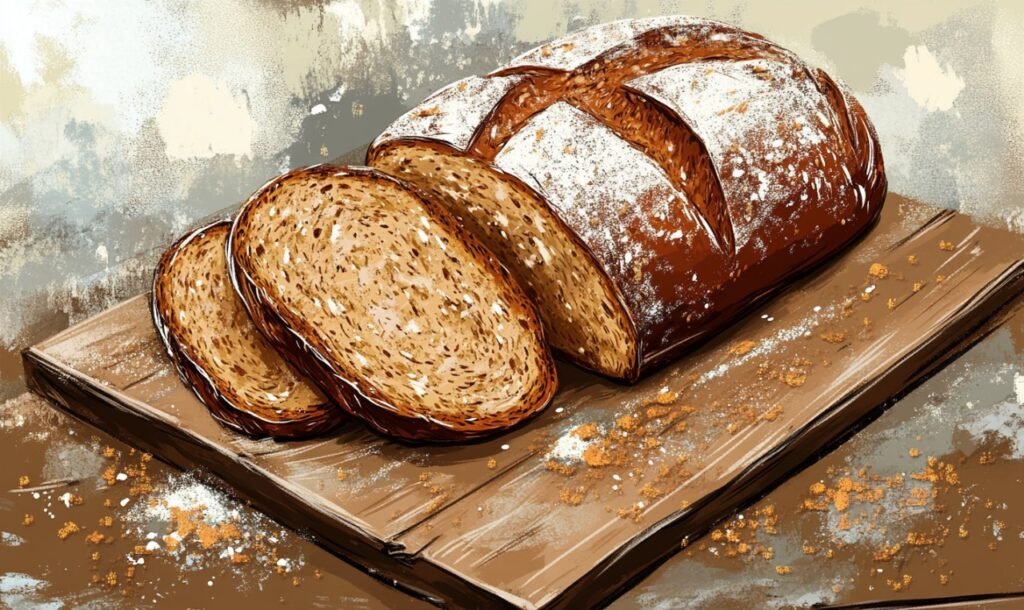
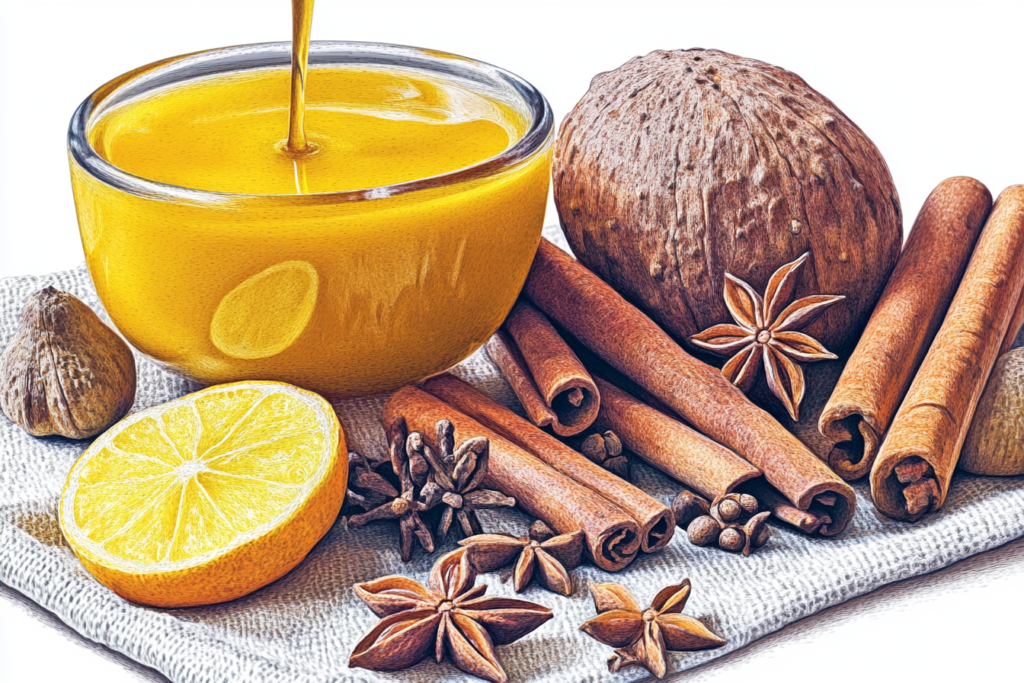

There’s a certain kind of magic in the way food can transport you. One bite of pain d’épices—French spice bread—and you’re no longer in your kitchen. You’re in a medieval market in Alsace, or perhaps a cozy boulangerie in Burgundy, where the air smells of honey, cinnamon, and the faintest whisper of cloves. This is not just bread; it’s a time capsule, a recipe that has survived centuries, carrying with it the warmth of history and the comfort of home.


The origins of pain d’épices are as murky as they are romantic. Some say it began in the Middle Ages, when spices from the East were a luxury, reserved for the wealthy. Others trace it back to the Alsace region, where it became a staple of local cuisine. Whatever its beginnings, pain d’épices has endured, evolving from a symbol of opulence to a humble treat enjoyed with coffee or tea. Its name, which translates to “spice bread,” hints at its essence: a dense, fragrant loaf sweetened with honey and perfumed with a blend of spices that feel like a hug in every bite.

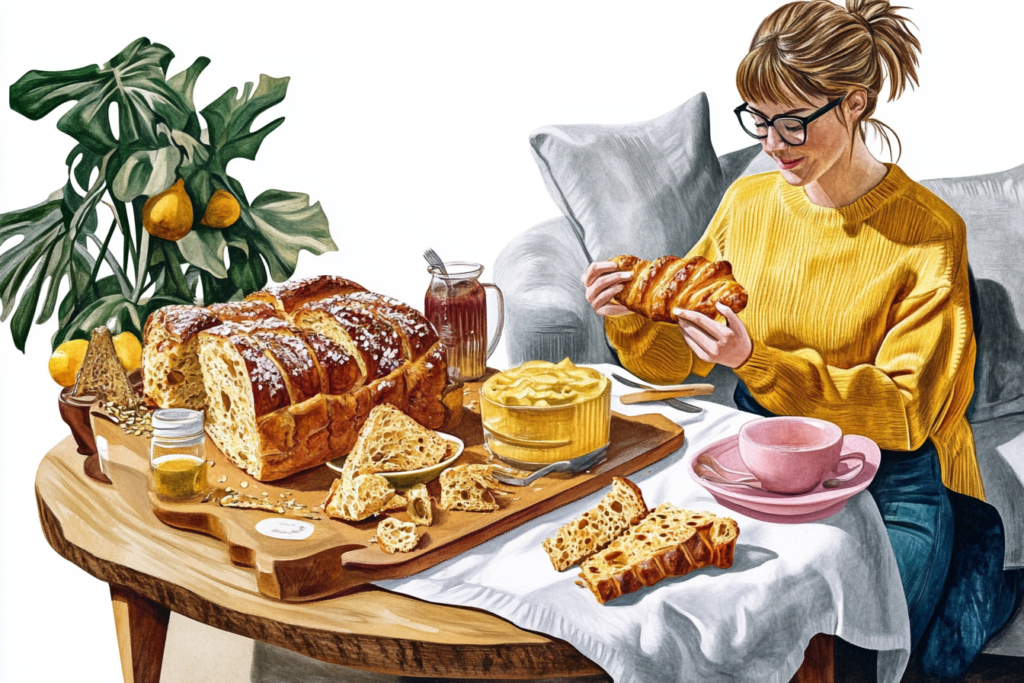
What makes pain d’épices so special is its simplicity. There are no flashy ingredients, no complicated techniques. It’s the kind of recipe that feels like it was passed down through generations, scribbled on a stained index card and tucked into a family cookbook. And yet, its flavors are anything but ordinary. The honey lends a deep, floral sweetness, while the spices—cinnamon, ginger, nutmeg, cloves—dance together in perfect harmony. It’s a bread that demands to be savored slowly, preferably with a steaming cup of something warm.
A Recipe for Nostalgia
If you’ve never made pain d’épices before, now’s the time. It’s surprisingly easy, though it requires a bit of patience. The result, however, is worth every minute. Here’s how to bring a piece of French tradition into your home.
Ingredients:
-
250g (2 cups) all-purpose flour
-
250g (1¼ cups) honey
-
125ml (½ cup) milk
-
1 teaspoon baking soda
-
1 teaspoon cinnamon
-
1 teaspoon ground ginger
-
1 teaspoon ground star anise
-
½ teaspoon juniper berries (optional, for a hint of piney brightness)
-
½ teaspoon ground nutmeg
-
½ teaspoon ground cloves
-
½ teaspoon salt
-
1 egg
Instructions:
1. Preheat and Prepare: Start by preheating your oven to 180°C (350°F). Grease a loaf pan and set it aside. There’s something satisfying about this first step—the quiet ritual of preparing the pan, knowing that soon it will be filled with something wonderful.
2. Mix the Dry Ingredients: In a large bowl, whisk together the flour, baking soda, cinnamon, ginger, star anise, nutmeg, cloves, and salt. The spices will mingle in the air, and for a moment, your kitchen will smell like a French patisserie.
3. Warm the Honey and Milk: In a small saucepan, gently warm the honey and milk over low heat. Stir until the honey melts and the mixture becomes smooth. This step feels almost alchemical—the way the honey transforms, becoming liquid gold.
4. Combine Wet and Dry: Pour the honey mixture into the bowl of dry ingredients. Stir until everything comes together into a thick, fragrant batter. Crack in the egg and mix until the batter is smooth and glossy. It will feel dense, almost like a cake batter, but that’s exactly what you want.
5. Bake and Wait: Pour the batter into the prepared loaf pan and slide it into the oven. Bake for 45 to 50 minutes, or until a toothpick inserted into the center comes out clean. As it bakes, the aroma will fill your home, a tantalizing preview of what’s to come.
6. Cool and Slice: Let the bread cool in the pan for 10 minutes before transferring it to a wire rack. This is the hardest part—waiting for it to cool completely before slicing. But trust me, it’s worth it. The bread will be moist, dense, and perfectly spiced, with a crumb that’s tender but substantial.
Why Pain d’Épices Endures
In a world of fleeting food trends, pain d’épices stands as a testament to the enduring power of simplicity. It’s a bread that doesn’t need to shout to be noticed. Its charm lies in its quiet confidence, its ability to evoke a sense of place and history with just a few humble ingredients.
So the next time you’re in the mood for something sweet but not overly indulgent, something that feels both familiar and exotic, try making pain d’épices. Slice it thin, pair it with a cup of tea or coffee, and let it take you on a journey—one that begins in your kitchen and ends somewhere in the heart of France.
